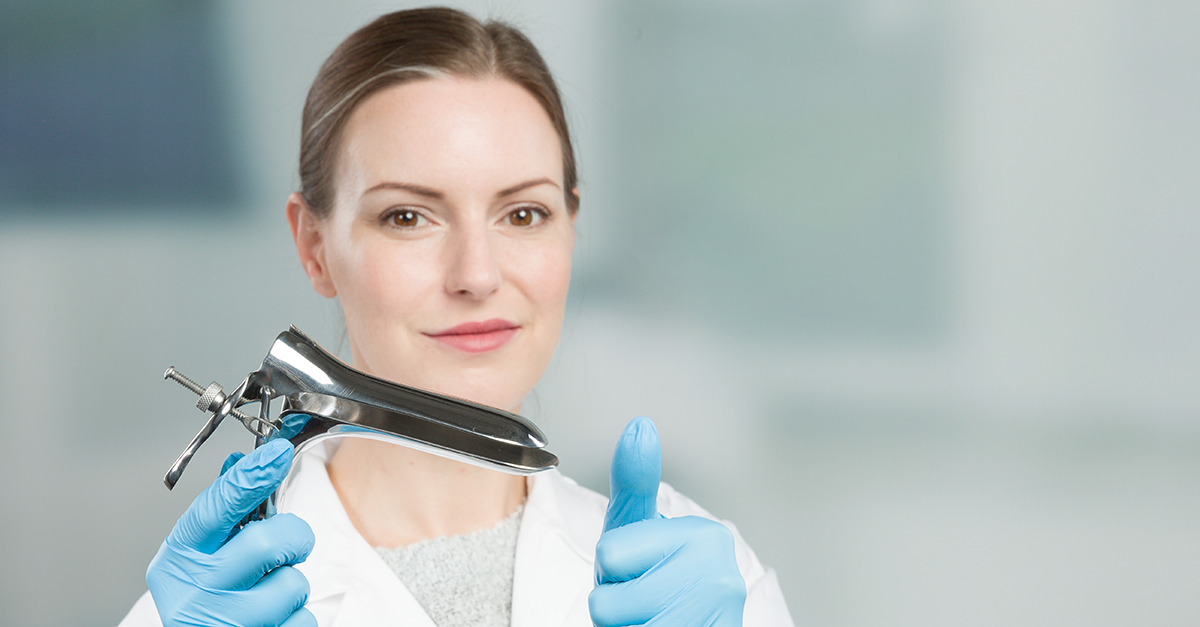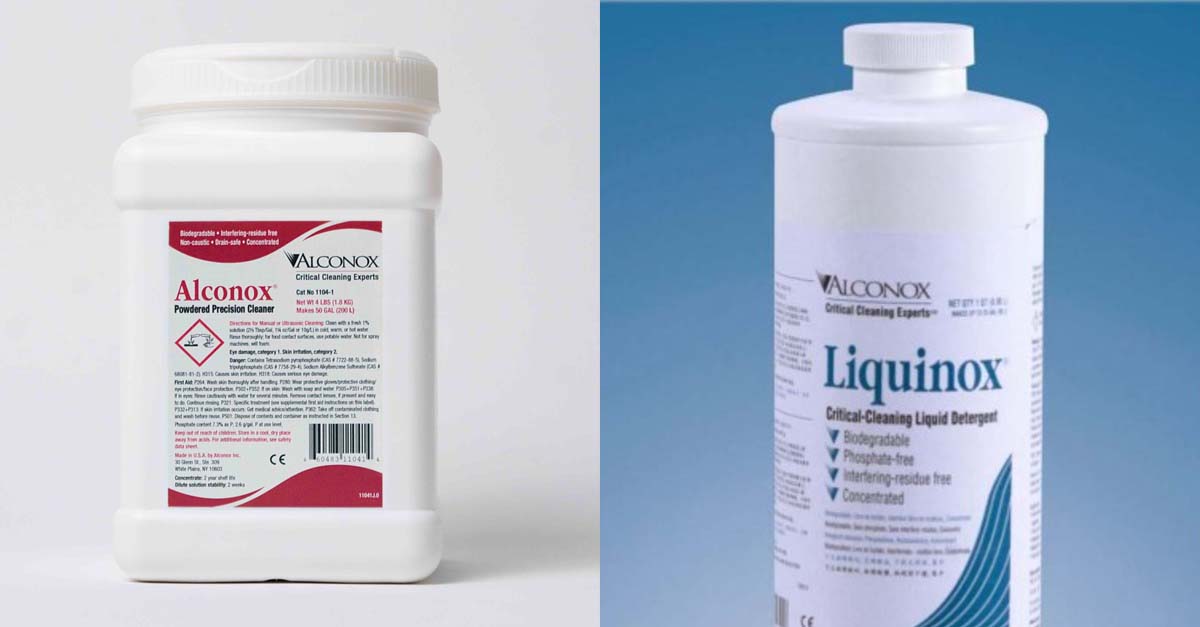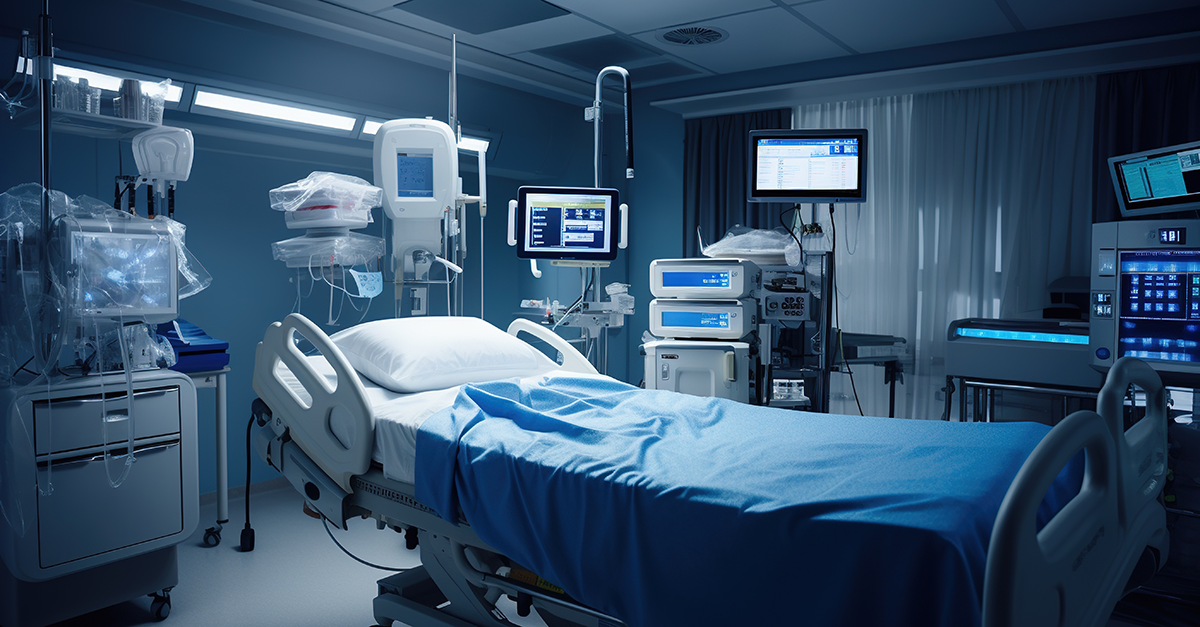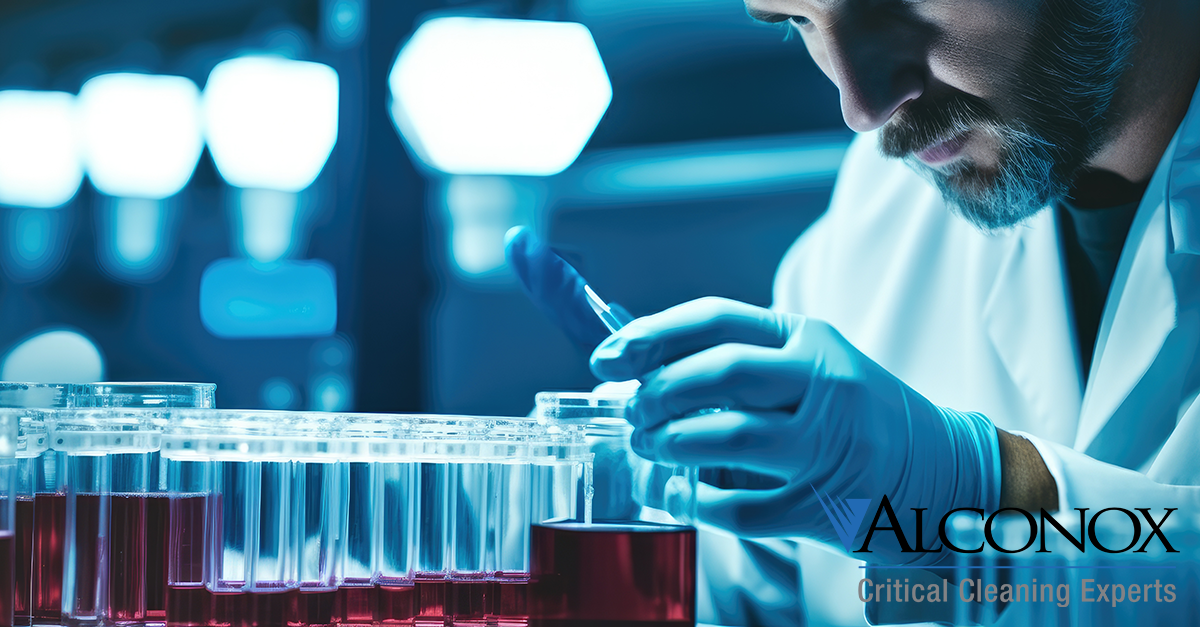
Q: What is the right way to use Tergazyme to clean speculums?
A: This is a vital part of Healthcare and Medical Device instrument reprocessing and re-use, whether it is a speculum or related equipment including forceps, scalpel handles, trocars, etc. The below typical questions are addressed in the following TechNote.
- How often do I need change my Tergazyme bath?
- How many speculums or devices can I clean in a Tergazyme bath?
- How long should I soak?
- Should I pre-rinse with soapy water?
- Do I need to use distilled or deionized water?
Speculums, and related instruments, are typically soiled with body fluids. Body fluids can contain proteins that can dry on to devices like speculums and be very difficult to clean. Per the US Center for Disease Control (CDC) Guideline for Disinfection and Sterilization in Healthcare Facilities, “maximum effectiveness from disinfection and sterilization results from first cleaning and removing organic and inorganic materials.” Speculums and related instruments are not complex medical instruments requiring special customized cleaning and disinfection procedures. Cleaning can be done in soak trays with brushes and rinse water. Sterilization after cleaning can be done by your preferred sterilization method. As we discuss in cleaning prior to disinfection.
Per the CDC guidelines, “thorough cleaning is essential before high-level disinfection and sterilization because inorganic and organic materials that remain on the surfaces of instruments interfere with the effectiveness of these processes.” When cleaning speculums and related instruments it is good practice to avoid letting residues dry on. If you cannot clean the instrument promptly, a pre-rinse or pre-soak with at least water is desirable. Using a soapy detergent solution to pre-rinse or soak can be even better, although it is not necessarily required to use a soapy detergent solution. Recall the BATHOCARD steps we strongly advise to follow.
You can pre-soak or pre-rinse in 1-2% Tergazyme (10-20 g/L or 1.25-2.5 oz/gal) or any other detergent of your choice including 1-2% Liquinox (10-20 mL/L or 1.25-2.5 oz/gal) or 1-2% Alconox (10 g/L or 1.25 oz/gal). Letting devices soak while waiting to be cleaned will avoid letting difficult residues dry on to the device. When you are ready to clean the instrument, use a warm but not hot (below 130F/55C) fresh 1-2% Tergazyme solution to soak instrument(s) for 20 minutes. Inspect the instruments and use a brush or wipe to remove any obvious difficult adhering residues and then rinse in tap water, preferably with running water. It is not necessary to use purified water for washing or rinsing for pre-sterilization cleaning.
A 1-2% Tergazyme bath can be used for up to 8 hours as long as the instrument load being cleaned does not deplete the cleaning capacity. Tens of sets of instruments per 8 hour period can generally be soaked in the same bath. If you observe that the Tergazyme bath is getting murky or cloudy, or is starting to have a visible sludge buildup on the bottom of the tank, then you should change to a fresh Tergazyme bath. Note that up to 3-5% Tergazyme solutions may be used for higher levels of soiling.
We are happy to discuss your particular practice’s cleaning applications and needs anytime.
To request any Alconox Inc. detergents for free, please complete the questionnaire at Get Sample. For more information about any one of our Alconox Inc. detergents, consult the technical bulletin for each product. Or click here to access each of our detergent’s Safety Data Sheets.
Do you have a critical cleaning question for the experts at Alconox Inc.? Search TechNotes to see if it’s been answered before or Ask Alconox.



